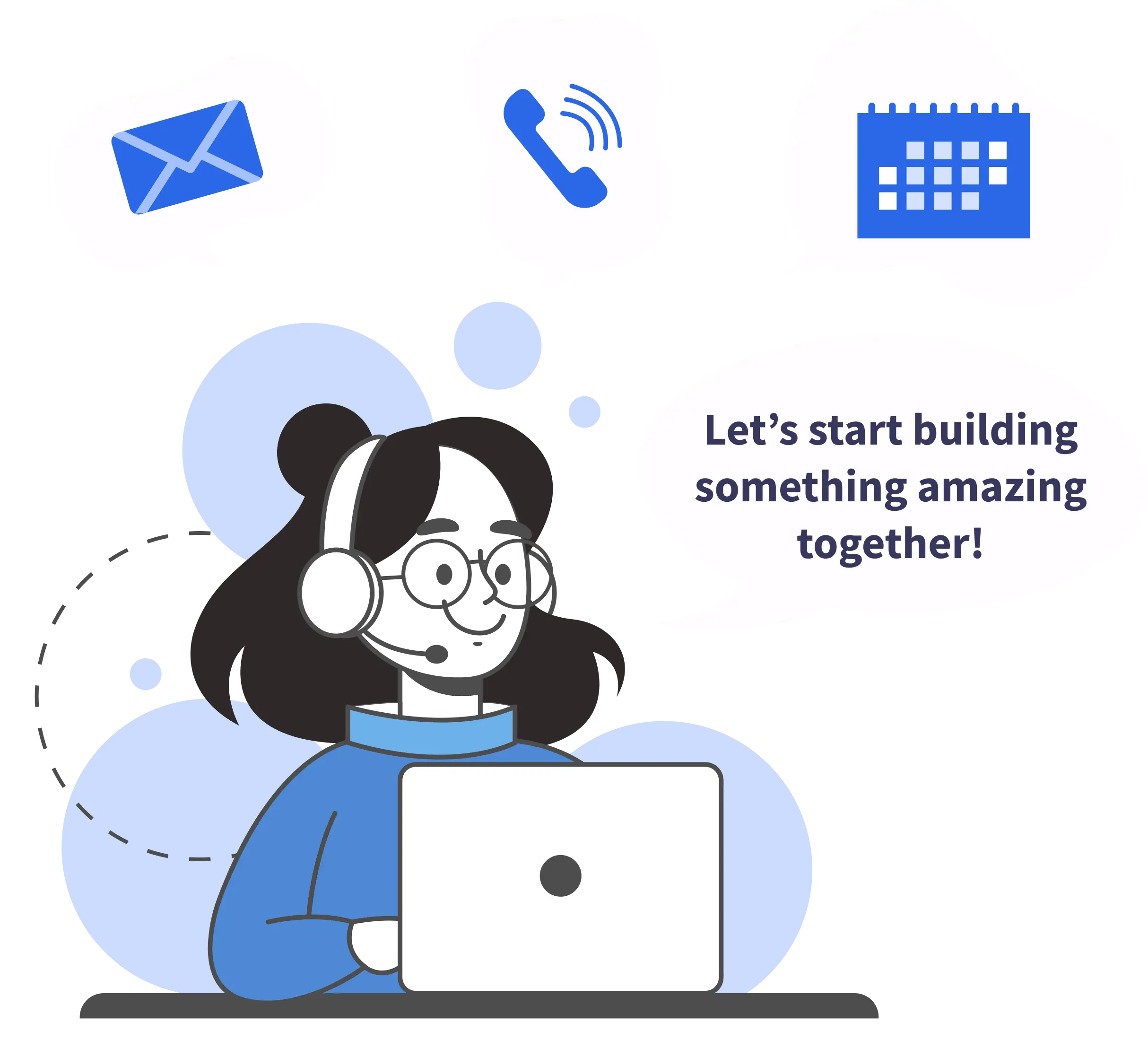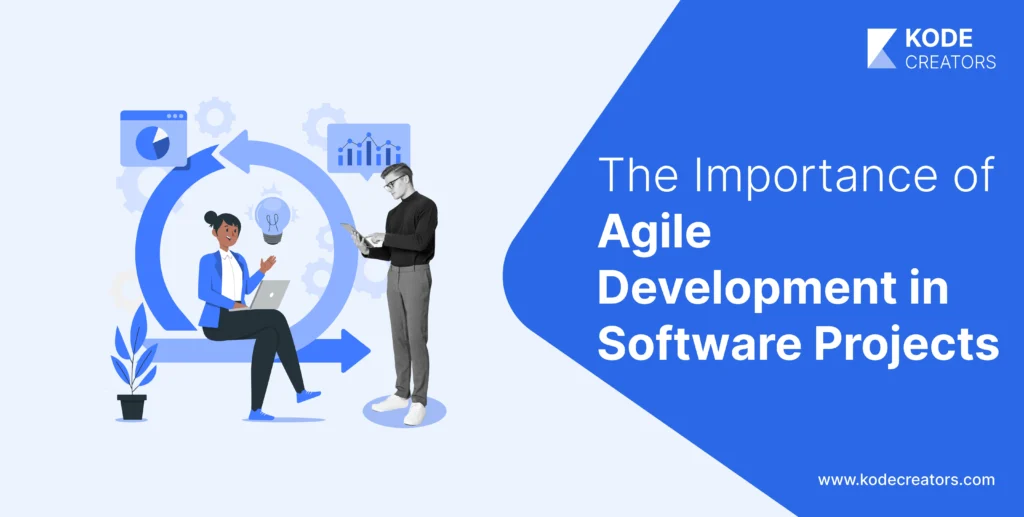Starting a new business is no easy feat. Startups have little margin for error due to restricted resources and financial constraints. Each choice is important, and achieving success or failure can depend on making the correct decisions initially.
One of the most influential resources for a startup is feedback from customers. Listening to what users have to say can help them make informed decisions that keep them on the growth path.
Startups should focus on the Customer-First Approach. This approach prioritizes the wants and desires of your customers in all aspects of your business activities.
And it’s incredibly valuable for startups. Customer feedback can promptly determine what is effective and what is not, enabling them to make quick adjustments and changes as needed. This aids in improving products and services and establishes a dedicated customer following that feels acknowledged and appreciated.
In this guide, we’re going to discuss some of the most effective strategies to collect user feedback on your startup.
Importance Of Gathering User Feedback For Startup Growth
Comprehend Customer Requirements: Feedback allows you to better understand your customers' wants and needs and helps you customize your products and services appropriately.
Enhance products and services: Feedback directly from users identifies areas that need improvement, enabling you to enhance your products and services.
Boost Customer Satisfaction: When customers see their feedback resulting in concrete improvements, they feel appreciated and are more inclined to remain loyal.
Improve User Experience: Knowing how users engage with your product helps to create a smoother and more enjoyable user experience.
Creating loyalty and trust: Interacting with customers and responding to their feedback promotes a feeling of camaraderie and confidence, potentially resulting in lasting loyalty.
Stay Competitive: Keeping an ear to the ground ensures you stay ahead of market trends and competitor moves, helping you maintain a competitive edge.
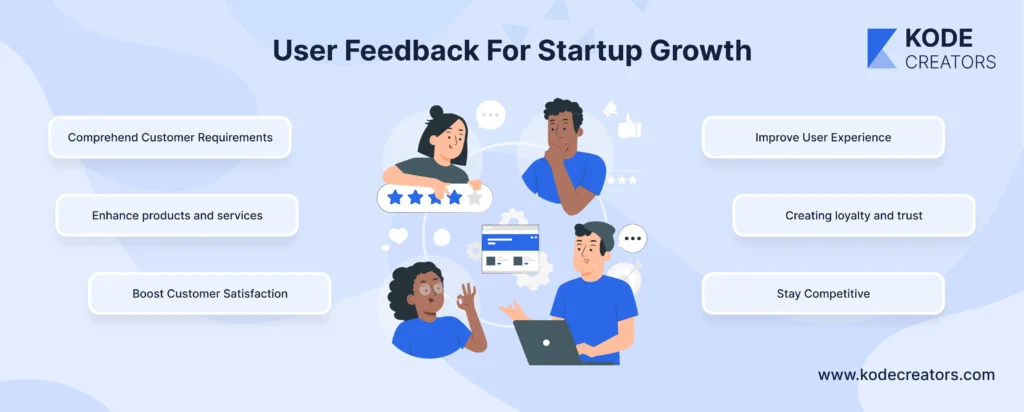
5 Effective Strategies:
Here are the five tried and tested strategies that can help you collect valuable insights from your customers.
1. Customer Surveys: Understanding User Sentiment
Customer surveys have stood the test of time as a traditional yet successful method to collect feedback. Implementing them is easy and can offer valuable insights into your customers' thoughts and emotions.
You can gain insights into the user's experiences with your product or service by directly asking them questions to understand their sentiment.
Types of Customer Surveys:
Net Promoter Score (NPS) surveys:
NPS surveys assess customer loyalty by inquiring about the likelihood of recommending your product. They also evaluate overall customer satisfaction and pinpoint potential promoters who can advocate for the brand.
Usually, an NPS questionnaire prompts customers to give a score from 0 to 10 on how likely they are to recommend your product, followed by a query for the reason behind their rating.
The outcomes assist in comprehending the distribution of advocates, neutrals, and critics, directing your plans for enhancement.
Example:
For instance, after booking a stay, Airbnb uses NPS to assess satisfaction and identify both areas of delight and areas needing improvement. This method improves customer experience and also encourages loyalty and advocacy in happy customers.
Customer Satisfaction Score (CSAT) surveys:
CSAT surveys are conducted following a customer service interaction or purchase to gather instant feedback. It helps to gauge the level of satisfaction customers feel after a particular interaction or the entire experience.
Clients are requested to evaluate their level of contentment using a rating system, typically ranging from 1 to 5, commonly with a basic query such as "How pleased were you with your visit?"
Businesses such as Amazon utilize CSAT surveys to uphold top-notch customer service by quickly gathering and evaluating customer feedback post-interactions.
This aids in tracking satisfaction levels and promptly resolving any issues to ensure continuous enhancement in service quality.
Customer Effort Score (CES) surveys:
CES surveys assess the level of customer satisfaction with the ease of interacting with your company or accomplishing a task. Business uses CES surveys to evaluate processes like signing up, making a purchase, or getting support.
High scores of effort can signal areas in which your process is overly complex, providing clear guidance on how to simplify things.
Customers are prompted to indicate whether they agree or disagree with statements such as "The company facilitated the resolution of my problem."
Reducing customer effort is essential for maintaining customers, as demonstrated by companies such as Zappos.
Their main focus is on developing smooth interactions that allow customers to easily locate desired items and promptly address any problems.
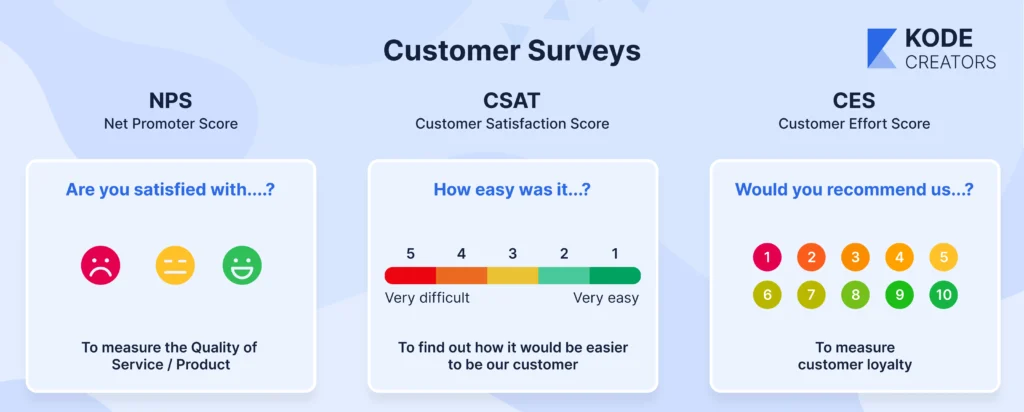
Visual rating surveys:
Visual rating surveys employ emojis, stars, or thumbs up/down to simplify and enhance the process for customers to give feedback. These are utilized for rapid responses regarding particular interactions or features, particularly in applications or internet services.
Adding this visual feedback after an interaction or in your application adds an element of enjoyment to the responding process.
For instance, Uber requests riders to give star and emoji ratings for their trip, making it a fast and enjoyable experience.
Custom surveys:
Custom surveys include a combination of multiple-choice and open-ended questions to obtain both quantitative and qualitative data. A good approach is to ensure surveys are short and easy to understand.
Tailoring questions in custom surveys helps gather specific insights related to your business needs. They are commonly employed for in-depth research on specific subjects or when introducing new features.
2. In-App Feedback Mechanisms: Capturing Real-Time Insights
In-app feedback mechanisms are great for improving usability and developing new features. Collecting feedback directly within the app can get you real-time insights from users while they're actively engaged.
Slack is a fantastic example of this.
Slack makes it easy for users to give feedback right in the app. Users can report issues, suggest new features, or rate their experience without leaving the platform. This immediate feedback helps Slack quickly identify what’s working and what needs improvement.
Steps To Add In-App Feedback Forms and Prompts:
➔ Add visible buttons or icons in the app, like a floating "Feedback" button. This lets users share their thoughts anytime they want.
➔ Show feedback prompts based on what users are doing. For example, after they finish a task, ask, "How was your experience?" This makes the feedback more relevant.
➔ Create short surveys that pop up at the right moments. Use a mix of rating scales, multiple-choice questions, and open-ended questions to get detailed insights.
➔ Include feedback forms in the help or support sections of the app. Make these forms simple and easy to fill out so users can describe issues or suggest improvements.
3. Customer Interviews: Deepening Understanding Through Dialogue
Customer interviews are invaluable for gaining insight into user motivations and pain points. Unlike surveys, which provide quantitative data, interviews offer rich, qualitative insights that help you understand the "why" behind user behaviors.
Interviews can be divided into two types, structured and semi-structured, depending on the audience's response.
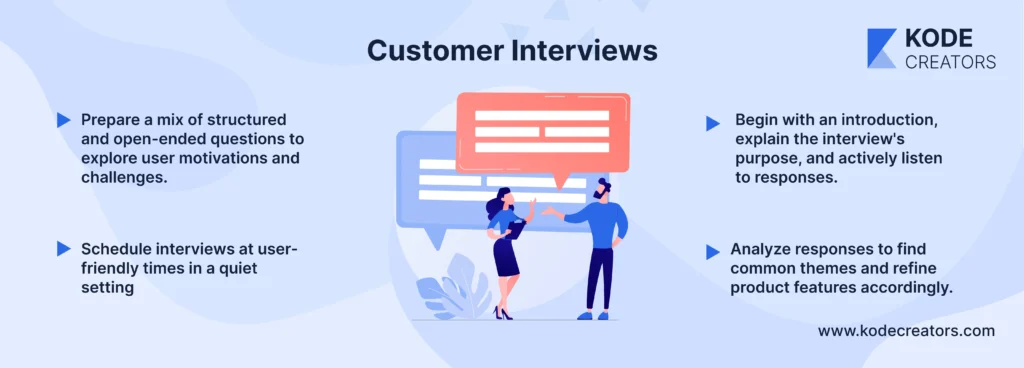
| Structured Interviews | Semi-Structured Interviews |
|---|---|
| Formal and follow a set list of questions. Ensures consistency and makes it easier to compare responses across different interviews. | More flexible, combining a few set questions with open-ended ones. Allows exploration of interesting points that arise during the conversation. |
To conduct effective customer interviews, you need to identify a diverse group of users. Then, use these steps:
➢ Initially, create a mix of structured and semi-structured questions. Focus on understanding user motivations, challenges, and experiences.
➢ Reach out to users and schedule interviews at their convenience. Ensure you have a quiet space for the conversation.
➢ Start with a brief introduction, explain the purpose of the interview, and then dive into your questions. Listen actively and encourage users to elaborate on their responses.
➢ After the interviews, review the responses to identify common themes and insights. Use these findings to validate your assumptions and refine your product features.
4. Social Media Listening: Tapping into Public Sentiment
With social media listening tools, startups can keep track of what people are saying about their brands, products, and services. This helps them tweak their strategies and connect better with their customers.
The brand that tops social media listening is none other than Starbucks!
Starbucks pays attention to what people are saying about them on platforms like Twitter, Instagram, and Facebook. If a new drink gets lots of love, Starbucks might promote it more or even add it to the permanent menu.
On the flip side, if customers are unhappy about something, Starbucks can quickly respond and make changes to improve their experience.
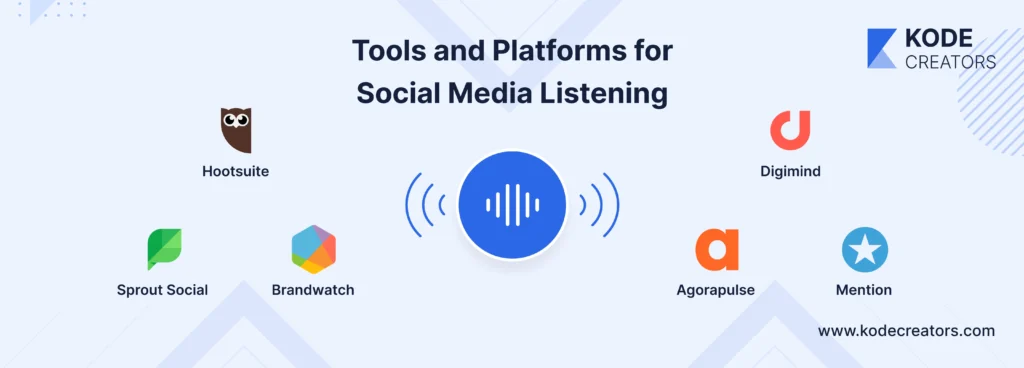
Tools and Platforms for Social Media Listening:
Using these tools, startups can get a clear picture of customer opinions and trends. This helps them stay ahead of the game, create better marketing campaigns, and build stronger connections with their audience.
5. Usability Testing: Refining User-Centric Design
Usability testing involves observing how users interact with a product to identify usability issues and improve user experience. Here's how you can conduct usability tests and integrate findings into product design:
Testing Methods for Usability Tests:
Moderated Usability Testing is when users interact with the product while a moderator observes and asks questions.
Unmoderated Remote Usability Testing is when respondents complete tasks remotely, and their interactions are recorded for analysis.
Think-aloud testing is when users verbalize their thoughts and actions as they browse/use the product, providing insights into their decision-making process.
Surveys and Questionnaires are to collect quantitative feedback on user satisfaction and ease of use after users interact with the product.
A great example of this is Google.
To make products like Search and Gmail better, Google uses usability testing. They watch how people use these services to find ways to make them easier to use.
Looking at the data from these tests, Google keeps tweaking its designs to match what users want and stay on top as a user-friendly tech leader.
Strategies To Act On Feedback
Feedback is not a one-way street. It's valuable only when it's used to drive future development.
As a startup, you can use feedback to improve your products and services in the following ways:
Establishing a Feedback Loop
A feedback loop is a continuous process where feedback from customers or users is collected, analyzed, and implemented to improve products or services. It helps businesses stay responsive to customer needs and enhance overall satisfaction.
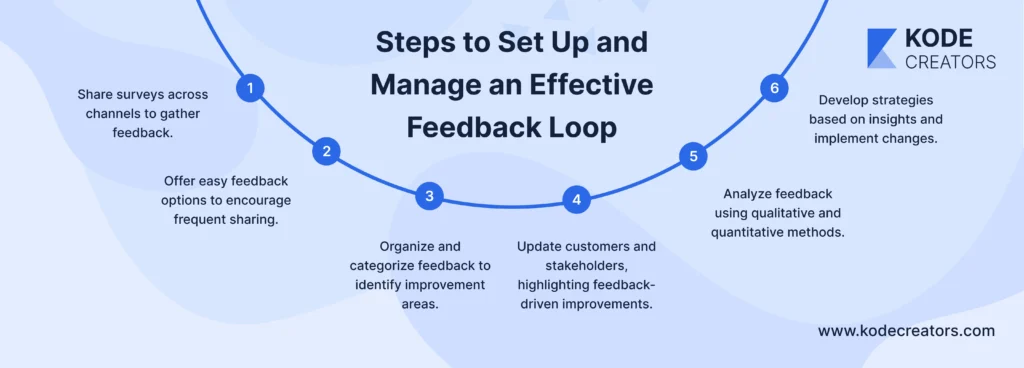
Steps to Set Up and Manage an Effective Feedback Loop:
- Create a survey and share it on various channels to collect relevant feedback.
- Promote frequent sharing of customer opinions by providing easily accessible feedback options.
- To identify areas for improvement and prioritize your attention, compile and categorize your feedback.
- Utilize qualitative and quantitative analysis techniques to comprehend the feelings and consequences of feedback.
- Create a strategy using information gathered from analyzing feedback.
- Inform customers and stakeholders about changes, emphasizing the impact of their feedback on enhancements.
Prioritizing Feedback
Feedback is super valuable, but it's not always 100% accurate. Sometimes respondents may not fill it out perfectly, so it's crucial to sort through and figure out what's important.
Strategies for Creating a Roadmap to Address High-Priority Feedback Items Efficiently:
When users feel heard and see changes based on their suggestions, it boosts their satisfaction and loyalty. Moreover, feedback can help you stay aligned with your business goals by pinpointing features or services that drive growth, engagement, and revenue.
- Organize feedback into categories such as usability problems, feature requests, and bugs. It makes the primary issues easier to identify.
- Examine each comment for its potential to affect both your business objectives and the user experience.
Pay attention to comments that offer the greatest value to your users and are consistent with your goals.
- When answering each item of feedback, take into account considerations such as development time, cost, and technological limits.
- List the suggestions while taking into account their practicality for implementation and their impact. Start with small, simple improvements that will have a big impact.
- Assign the high-priority feedback items a specific plan of action. To make sure everything gets done quickly, assign jobs and establish deadlines.
Engaging Stakeholders
Involving cross-functional teams and stakeholders in feedback discussions is crucial for several reasons.
- First, it ensures that feedback is considered from multiple perspectives, leading to well-rounded solutions. Different teams bring unique insights and expertise, which can help in identifying the best ways to address feedback.
- Second, involving stakeholders fosters a sense of ownership and accountability, as everyone feels they have a part in the decision-making process. This can lead to higher motivation and commitment to implementing changes.
Measuring Success
Key Performance Indicators (KPIs)
You need to track how well your efforts are paying off to make the most of feedback. Here are three top ways to measure success:
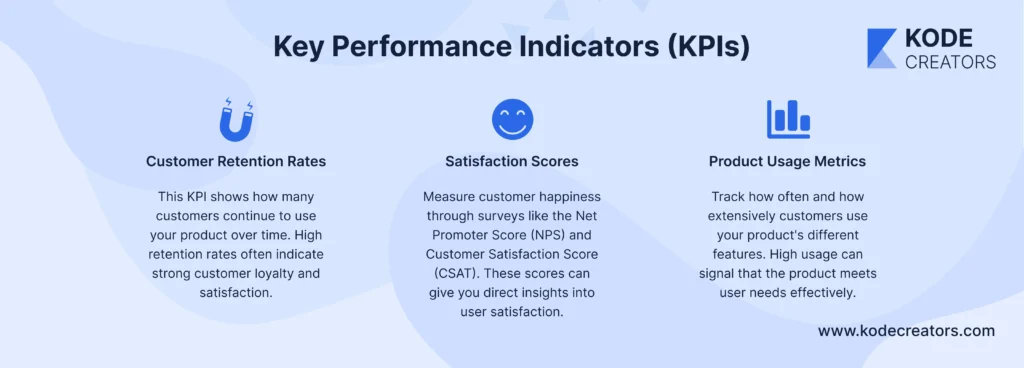
➢ Customer Retention Rates:
This KPI shows how many customers continue to use your product over time. High retention rates often indicate strong customer loyalty and satisfaction.
➢ Satisfaction Scores:
Measure customer happiness through surveys like the Net Promoter Score (NPS) and Customer Satisfaction Score (CSAT). These scores can give you direct insights into user satisfaction.
➢ Product Usage Metrics:
Track how often and how extensively customers use your product's different features. High usage can signal that the product meets user needs effectively.
Feedback Conversion Rates
Analyzing how user feedback results in actionable improvements is essential as it is one of the goals of collecting feedback.
Important indicators comprise:
- The number of changes put into effect
- The average duration to handle and execute suggestions
- & the growth in the utilization of new or enhanced features following implementation.
User Engagement and Satisfaction
Another essential aspect is measuring user engagement by analyzing metrics such as participation rates and feedback response rates.
High levels of involvement show that individuals are open to expressing their thoughts and experiences, whereas high levels of completion imply that your feedback methods are user-friendly and readily available.
Platforms such as SurveyMonkey, Typeform, Google Forms, and Qualtrics help in the efficient collection and analysis of feedback.
These tools come with a range of features, including easy-to-use interfaces and advanced survey functions, allowing you to generate in-depth surveys and examine intricate datasets for making informed decisions and enhancing user experiences.
Conclusion
So, here’s our wrap-up. We’ve gone over a lot of ground on how startups can effectively gather and act on user feedback. From customer surveys and in-app feedback mechanisms to social media listening, usability testing, and engaging stakeholders, these strategies are all about putting the customer first.
The most successful startups and enterprises use feedback to shape their business, improve user experience, and drive growth.
Your customers' feedback helps you refine your product while also showing them that you value their opinions, which encourages repeat business.
Customers are often the best source of innovation. Just remember to listen to what they have to say. Stay focused on their needs, and success will follow.
